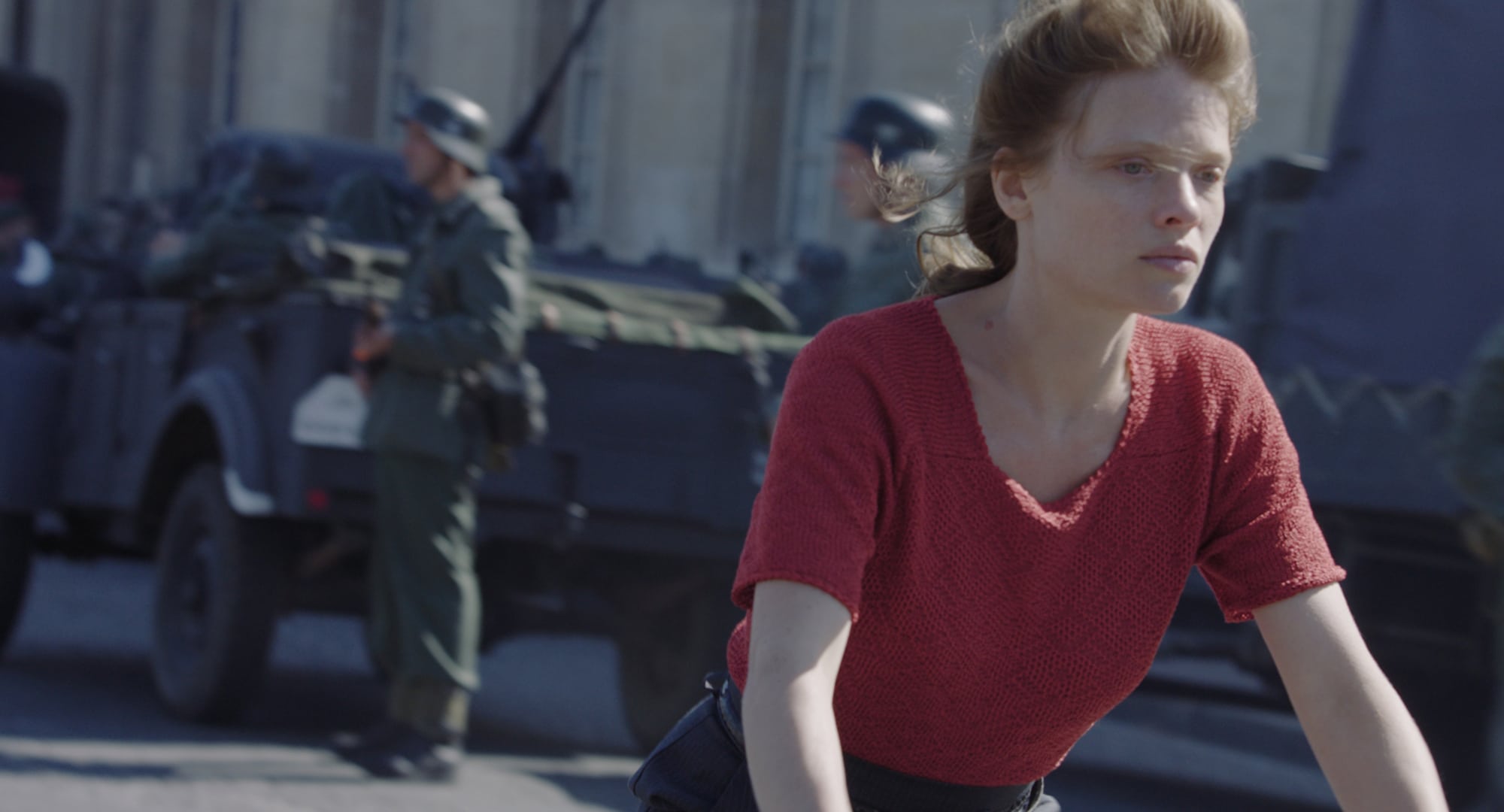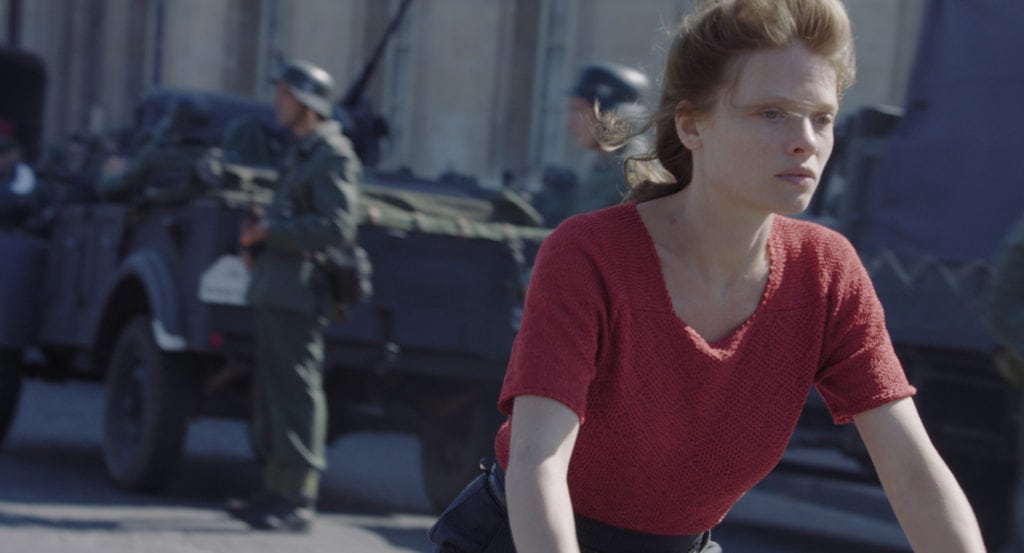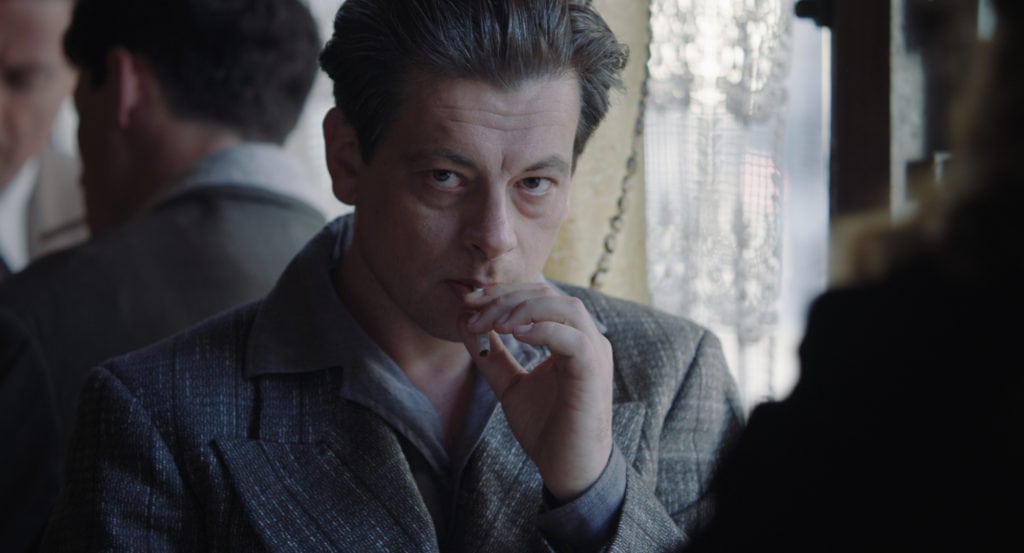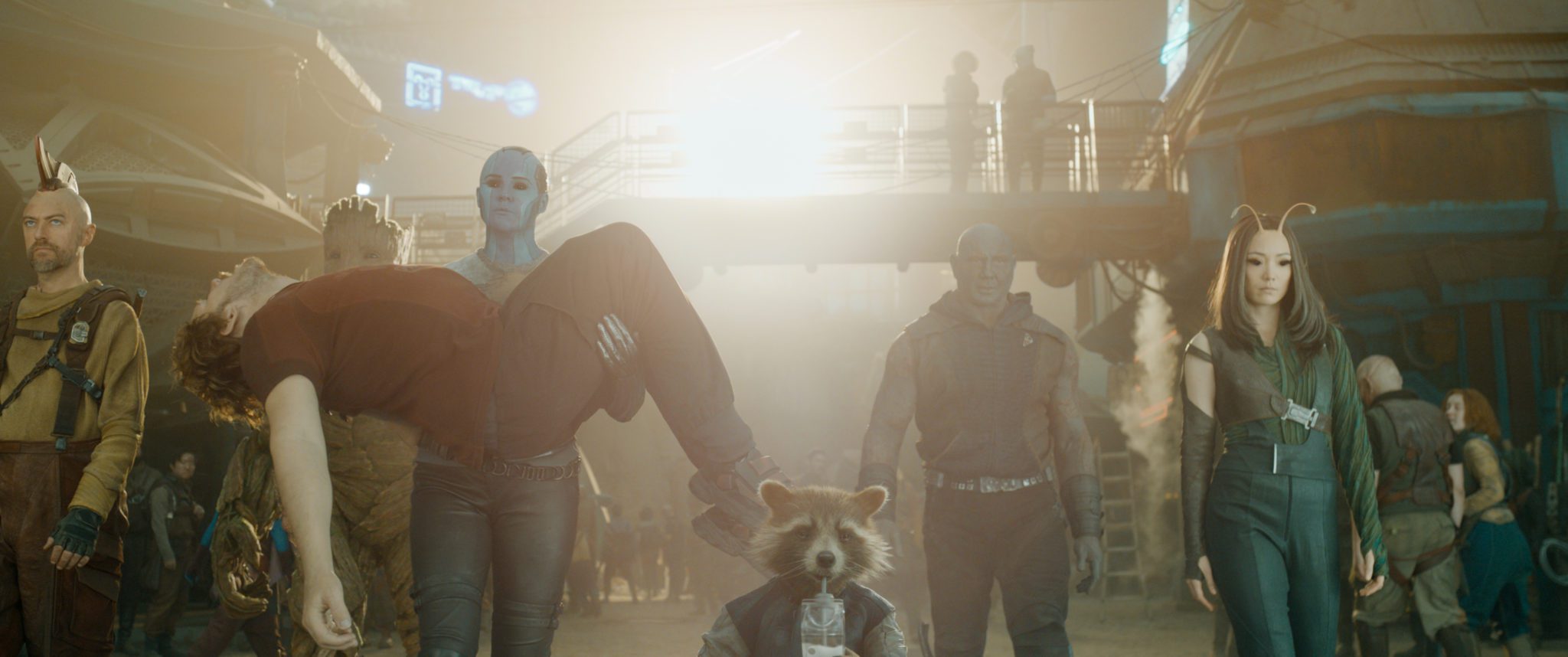Memoir of War (La Douleur) is a semi-autobiographical story of writer Marguerite Duras recounting her time late in World War II and its aftermath. Duras was a part of the French Resistance and went on after the war to have a career as a writer and a filmmaker (including an Oscar nomination for her screenplay of Hiroshima Mon Amour).
This is a story of Marguerite (M?lanie Thierry) and her angst as she awaits news of her husband Robert Antelme who has been arrested and deported to Dachau. As the film opens (shortly after the war?s end) she is waiting at the train station watching various returnees coming back to Paris, yet Robert is not among them. We then move back to 1944 when she goes to the German Headquarters in Paris to try to get word of where he is. Here too, she waits and waits before anyone will see her. She befriends a Nazi sympathizer, Rabier (Beno?t Magimel), in hopes of getting more information, but this is also very dangerous for her Resistance cell.
At about the halfway mark of the film, Paris is liberated. Days, weeks, and months pass as she awaits any news of Robert. All the while one of her cell colleagues, Dionys (Benjamin Biolay) remains constant with her, offering both encouragement and affection.
Because this is a memoir, it is a bit internal. More than anything else we note Marguerite?s emotional state. Throughout the film it seems she never eats?even as others do. While the rest of Paris celebrates the end of the occupation, Marguerite is totally despondent. As a neighbor puts it, ?Waiting keeps her alive.? Her pain becomes the center of her life. Others may think she is too consumed by her suffering, but she can see no way out. Dionys asks her at one point, ?Are you more attached to your pain or to Robert Antelme??
For Marguerite in the film, her fear and depression are overwhelming. Even the people around her and their love and attention cannot bring her out of her ?slough of despond?. While viewers (and even her friends in the film) may think she is wallowing in sorrow, this is a reminder that often people?s pain can become debilitating. Often all we can do is be present with them. But to be with them is what is called for.
Photos courtesy of Music Box Films








